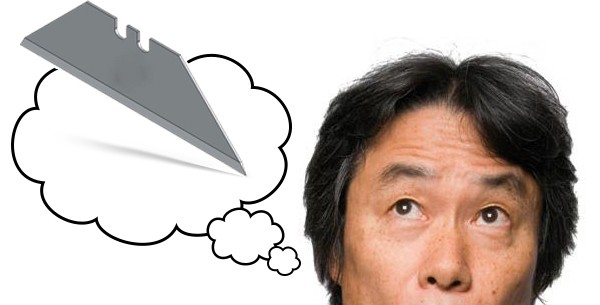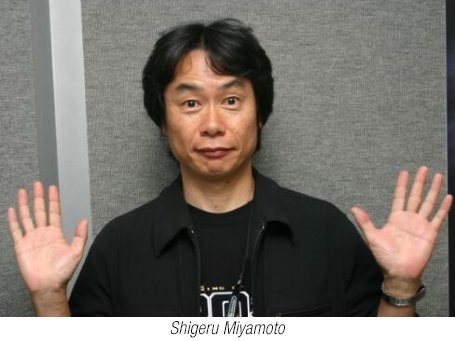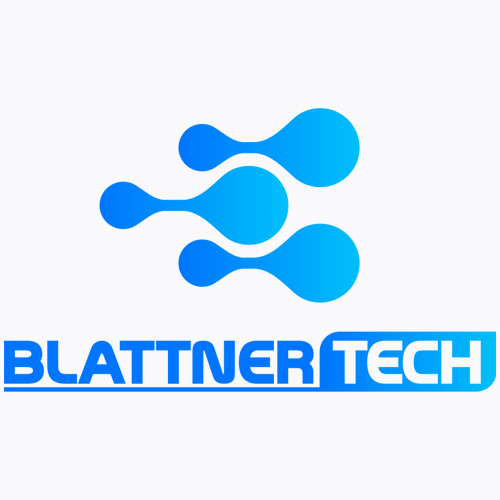Blog
The Razor and The Slogan
May 6, 2014
Comments: 1
Posted by: Michael Woolf

EA was training their teams on more productive and efficient ways to think about the product they were making. They decided there were two parts to any top project that they needed to align. They called these two parts “the Razor” and “the Slogan.” The Razor is what defines the product internally. The Slogan is what communicates the essence of the product to the audience.
The Razor
For the team, the most important thing to have is a solid Razor. The key is to start with the Core X – the undefinable core and allow that to be the big idea that defines the center of the product. If you nail a meaningful Core X, then you can understand the essence of your product. For the team, anything that falls outside of the Razor gets cut from the product.
The Slogan
For the audience, the Slogan is the most important part. Just as the Razor cuts away to reveal the product, the Slogan presents the visceral essence of the product to your audience in an unmistakable way. It is an elevator pitch for every single customer – it is the single phrase that will ignite customer interest and make them take a second look.

These two tools are the key thing for any solid development so that the developer can always keep in mind why the project exists in the first place. To paraphrase the great game designer, Shigeru Miyamoto (Mario, Donkey Kong, The Legend of Zelda, Star Fox, Pikmin), the most important thing in product development is that the team not lose sight of the reason they are creating the product.
These two tools can help you and your team to understand what you’re doing, and perhaps, more importantly, what you’re NOT doing.
Do you disagree? Use the comments box below to share your thoughts.
Read Comments
Wadud
June 4, 2014
It was great meeting you yesterday at the EC. Thanks for sharing the link!
